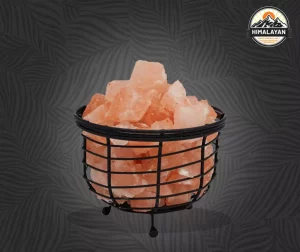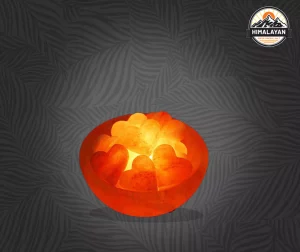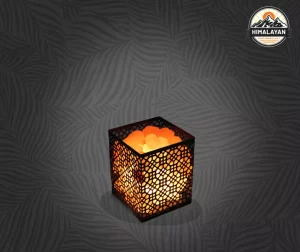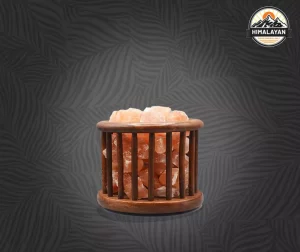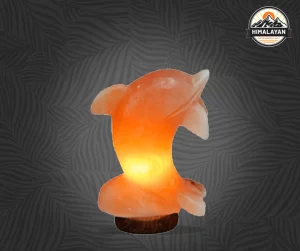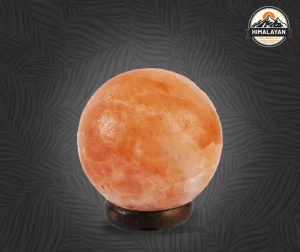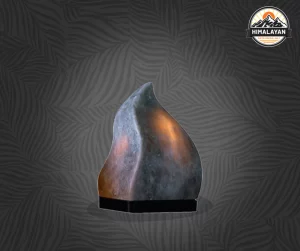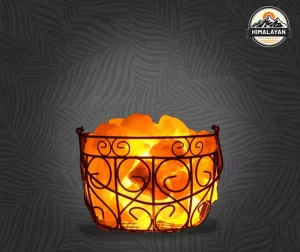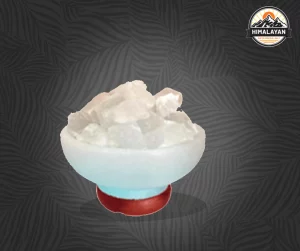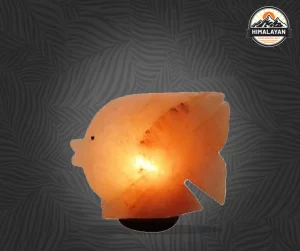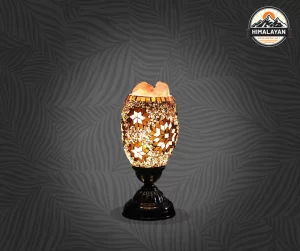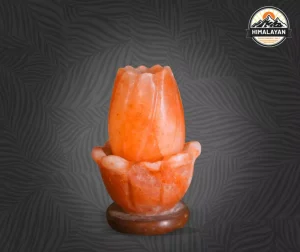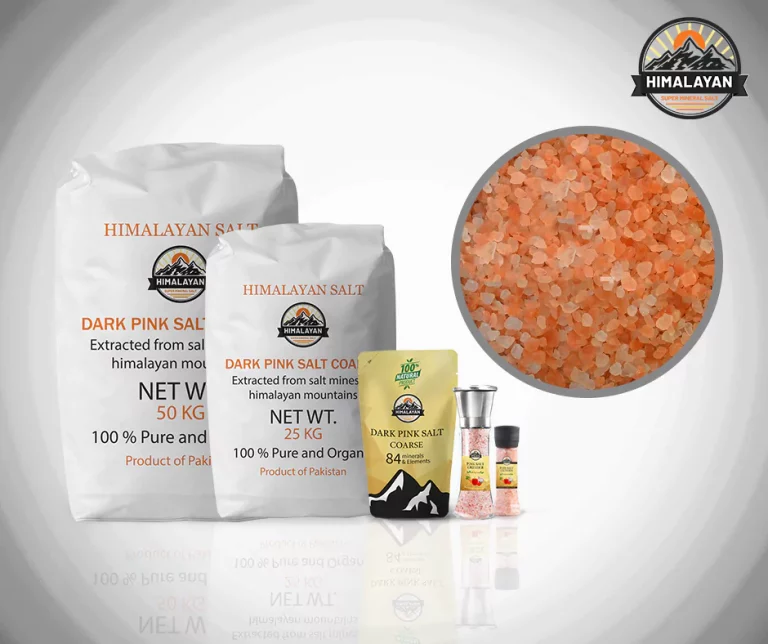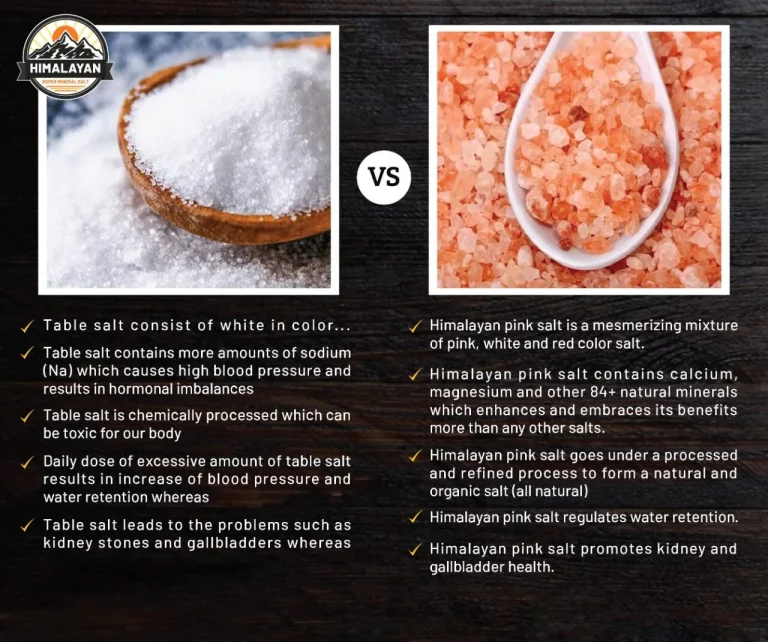Himalayan Salt Trace Minerals
Himalayan Salt Trace Minerals Derived from the abundant Khewra mines, Himalayan pink salt is renowned for its excellent purity and natural composition. Packed with vital minerals, it serves as a valuable source for enhancing both mental and physical well-being.
Maintaining proper fluid balance and blood pressure in the body necessitates an enough intake of salt. Unfortunately, table salt undergoes extensive processing, resulting in a highly refined product. To promote a healthier lifestyle, it is suggested to transition to unprocessed alternatives, such as Himalayan salt. This natural salt is enriched with trace minerals, amplifying its nutritional value and overall benefits.
Curious about why Himalayan salt is superior to table salt? We’re about to delve into its chemical makeup and the minerals that set it apart. Stay tuned to discover what makes this exotic salt so special and unique.
Chemical Formula of Pink Salt
Even though Himalayan rock salt looks different with its pink shade, its chemical composition is actually quite similar to the table salt we commonly use. It’s made up of about 98% sodium chloride, which is the same as regular salt. The remaining 2% consists of trace minerals like calcium, magnesium, and potassium. The unique pink color of Himalayan salt comes from small amounts of iron oxide present in it.
In contrast, table salt is primarily made up of 99.99% sodium chloride and lacks significant natural mineral content. It undergoes extensive processing and refining, which removes even the smallest traces of minerals. To compensate for this loss, table salt is often fortified with iodine and anti-caking agents, which are added separately.
Sodium, an important component of salt, plays a vital role in maintaining the balance between acids and bases in our bodies. It also helps in the transmission of nerve signals for muscle movement. Additionally, sodium helps transport amino acids to various cells in the body through the bloodstream.
In comparison to table salt, Himalayan salt has a lower sodium content, which is beneficial for your health. Consuming too much sodium can disrupt your blood sugar levels, pH balance, and lead to water retention. Therefore, opting for Himalayan salt helps maintain a healthier sodium intake.
By choosing Himalayan pink salt, you can stay hydrated without retaining excess water in your body. It helps maintain a healthy balance of hydration without causing water retention.
Minerals Found in Himalayan Pink Salt
With approximately 84 trace minerals, Himalayan pink salt plays a crucial role in regulating your body’s functions and maintaining electrolyte balance. Thanks to its compact crystalline structure, these minerals are easily absorbed by the human body. These minerals are essential for supporting various internal functions and promoting overall well-being.
Analysis of Minerals in Himalayan Salt
Let’s delve into the breakdown of minerals found in Himalayan salt and explore the benefits they offer:
- Iodine – maintains thyroid function, metabolism, and cellular oxidation.
- Calcium – promotes strong bones and teeth.
- Hydrogen – contributes to ATP production.
- Oxygen – helps break down sugar into carbon dioxide and water.
- Nitrogen – aids in digestion.
- Phosphorus – essential for RNA and DNA formation, cellular communication, and enzymatic reactions.
- Carbon – serves as a building block for the body.
- Chromium – involved in insulin function and energy production.
- Sodium – maintains fluid balance and acid-base balance.
- Fluoride – supports dental and bone health.
- Cadmium – important for metabolic activities.
- Palladium – enhances cell electrical potential.
- Aluminum – plays a role in enzyme function.
- Vanadium – helps convert food into energy.
- Nickel – supports cell health.
- Arsenic – contributes to the functioning of the nervous system.
- Silicon – benefits bone health, skin, hair, nails, and the formation of tendons and ligaments.
- Copper – involved in oxygen synthesis, collagen production, and antioxidant activity.
- Cobalt – essential for red blood cell production.
- Indium – aids in absorption processes.
- Rubidium – important for electrolyte balance.
- Gallium – inhibits the production of inflammatory substances.
- Lanthanum – aids in digestion.
- Sulfur – important for protein and collagen synthesis.
- Iron – necessary for hemoglobin production.
- Manganese – supports nervous system function.
- Selenium – acts as an antioxidant and supports liver function.
- Molybdenum – aids in carbohydrate metabolism and sulfite detoxification. Lithium – has mood-enhancing properties.
- Chloride – involved in stomach digestion and acid balance.
- Zinc – participates in numerous enzymatic reactions and supports growth and development.
- Magnesium – relaxes muscles and promotes heart health.
- Boron – regulates calcium and magnesium metabolism and contributes to muscle mass maintenance.
- Beryllium – nourishes body cells.
- Germanium – helps improve oxygen supply to tissues, boosting the immune system and eliminating toxins.
These are the primary natural elements found in Himalayan Pink Salt that play crucial roles in various bodily functions. Alongside these, there are 50 other minerals that work synergistically to provide a range of health benefits.
- Among the additional minerals are scandium, titanium, silver, bromine, radium, thorium, platinum, lead, tungsten, and many more.
Impact of Himalayan Salt Minerals
Now that we are aware of how each trace mineral in pink Himalayan salt benefits us individually, let’s explore the overall impact these essential minerals have on our bodies.
Keeping Your Body Balanced
Minerals like Sodium, Chloride, Magnesium, Phosphate, Potassium, and Zinc help your body transmit electrical signals between cells, ensuring proper communication.
Enhancing Digestion
The combination of minerals in Himalayan salt improves your metabolism and digestion, reducing bloating and other stomach discomforts.
Soothing Pain and Relaxing Muscles
You can use Himalayan salt to create a calming bath that helps relieve muscle soreness and promote relaxation after a long day.
Purifying the Air
Using Himalayan salt lamps can release negative ions, purifying the air and creating a peaceful and positive environment in your home.
Boosting Energy and Mood
Himalayan salt absorbs energy from the Earth and Sun, providing a natural energy boost and uplifting your mood. In summary, Himalayan salt offers a range of health benefits, including maintaining balance, improving digestion, relieving pain, purifying the air, and boosting energy levels.
In Conclusion
To keep your body healthy, the WHO advises consuming less than two grams of sodium daily. Choosing 100% natural Himalayan salt over processed and refined salt is a smart choice. The minerals in Himalayan salt are naturally present and remain intact due to careful hand mining and minimal post-processing.


